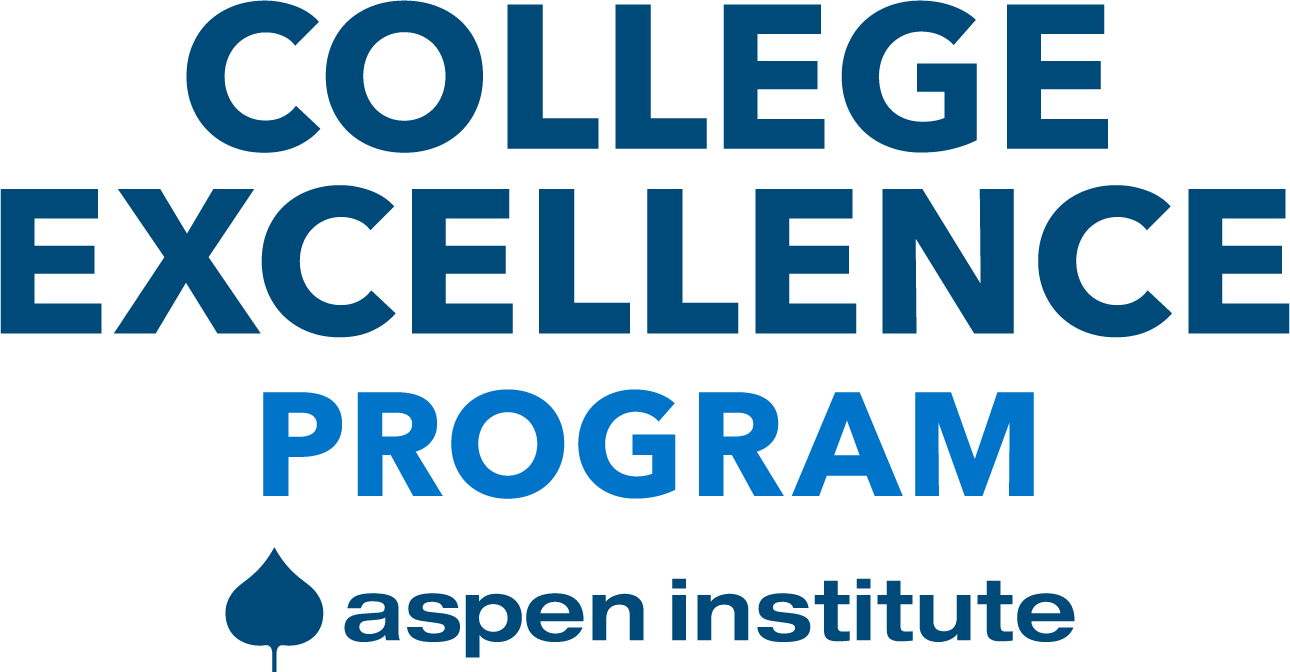
Dual Enrollment Assessment Tool
This tool is designed to help community colleges assess the alignment of their dual enrollment practices with those described in The Dual Enrollment Playbook: A Guide to Equitable Acceleration for Students, published in October 2020 by two Aspen Institute programs—College Excellence and Education & Society—and the Community College Research Center at Teachers College, Columbia University. These practices were identified through research on partnerships of high schools and community colleges with high rates of access and success in dual enrollment overall and among historically underrepresented students of color. The assessment tool is organized into several domains of practice and prompts users to rate their institution’s adoption of each item within each domain. Once complete, a summary of scores will allow colleges to identify strengths and weaknesses in specific practices aligned to each item and to observe which domains most need improvement.
In this assessment tool, the term “student success” has the following meaning:
- Success in college: Students (1) learn and (2) complete credentials.
- Success after college: Students (1) get good jobs and/or (2) transfer and attain a bachelor’s degree.
- Equitable outcomes and access: For Black, Hispanic, Indigenous, and low-income students, the college ensures high absolute rates and minimizes gaps in (1) learning and completion outcomes for students in college, (2) transfer and workforce outcomes for students after college, and (3) enrollment of different demographic groups relative to the college’s service area.
Directions: Assess the extent to which your college engages each of the following practices, according to the scoring rubric.
Dual Enrollment Assessment Inquiry Guide
Dual Enrollment Assessment Inquiry Questions
Where are your dual enrollment assessment results strongest and weakest?
- In establishing a shared vision and goals for dual enrollment that prioritize equity?
- In expanding equitable access to dual enrollment?
- In connecting dual enrollment students to advising and supports that ensure equitable outcomes?
- In providing high-quality dual enrollment instruction that builds students’ competence and confidence?
- In organizing dual enrollment teams and developing relationships between partners to maximize dual enrollment potential?
How are your dual enrollment data connected to your assessment results?
- From which high schools do you enroll the most recent graduates? What is the college’s relationship with those high schools? How does it differ from the relationships with high schools that supply fewer students?
- What is the demographic distribution of your dual enrollment students? Which students are least likely to participate? What percentage enroll in your college after high school? What practice strengths and weaknesses from your assessment results might explain these results?
What do your assessment results and community demographic data tell you about where you need to improve access through dual enrollment? How can you better engage K-12 to expand college access for high-schoolers and young adults in geographic areas with lower educational attainment and employment rates?
Next Steps
- What 1-5 important things have you learned about your dual enrollment data? What do you most want to improve?
- What 1-5 important things have you uncovered about practices to improve dual enrollment outcomes from your assessment tool and the above questions? Among the areas of weakness, what few changes would make the biggest positive difference?
- What next steps can you take to make progress on these lessons learned?
Dual Enrollment Assessment Data Queries
College-going rate in service area: What is the overall college-going rate in your service area as a whole and by demographic group? What differences stand out among the different demographic groups?
Enrollment compared to high school and service area demographics: What is the demographic breakdown of your service area considering characteristics such as age, race, gender, or income? How does your student population reflect the demographics of your service area?
Dual enrollment participation and yield: How do the demographics of your dual enrollment students reflect the broader population of your service area? Of the current high school population? Where are there gaps in who is served? What percentage of your dual enrollment students enroll at your college after high school?
